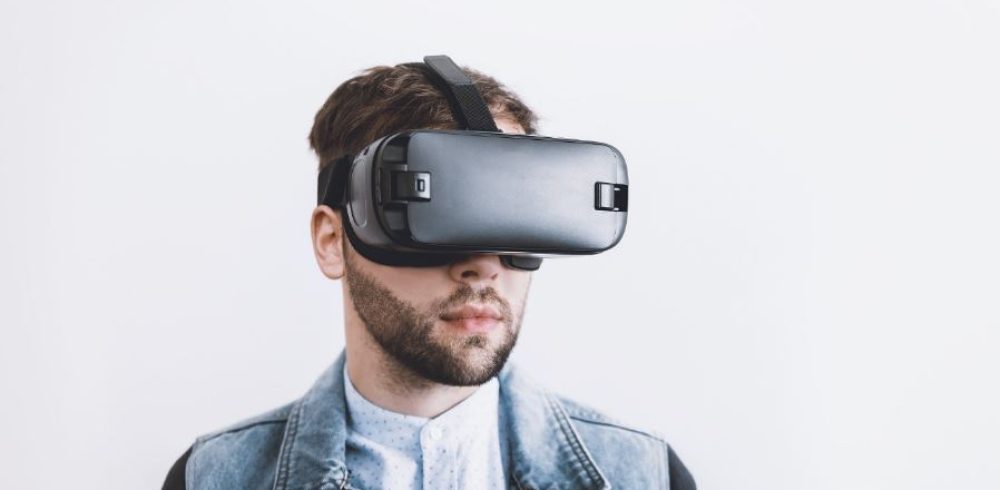The Director of VR training specialists Luminous Group, Ben Bennett, shared his insight into the new developments that are currently disrupting the engineering sector, particularly virtual reality (or VR). VR is an immersive, interactive computer-generated environment, often with programmable scenarios that can react and change according to the user’s actions in real-time. How exactly is this dynamic new technology going yo shake up the industry?
It provides safer, more effective training
Engineering can often be highly physical, challenging work, meaning employers often face a dilemma when it comes to training due to remote or hazardous locations. But, training off-site in a more convenient location simply doesn’t offer the same opportunities for vital hands-on experience; therefore, employers have traditionally needed to compromise when training new recruits.
The solution is virtual reality training. Recent developments in VR mean that engineers can now enjoy the best of both worlds: employees get hands-on training, but without risk of accidents or costly damage, because everything takes place within a completely simulated environment. The cost of VR equipment and software can actually be cheaper than paying to transport them to a remote locations, meaning it can be more cost-effective too.
VR training can also be used to simulate situations that can otherwise be very difficult to recreate. For instance, it’s hard to prepare trainees for emergency situations like a fire, gas leak, or equipment malfunction without exposing them to those hazards. However, with VR, these scenarios can be accurately replicated, giving trainees a chance to adapt and react to them in a safe, controlled environment.
It lets engineers test designs before building them
Although the majority of engineering design work is carried out using 3D CAD software, it can still be very hard to visualise and understand designs at 1:1 scale. It’s also very hard test them in relation to human users. With VR, engineers can get a more accurate idea of how users will interact with the finished product or environment: they can pull, push, and lift items, use doors and other features, and move within the space in a naturalistic way. This means that designers can get a much better idea of how to make their models more user-friendly before the building process begins.
The physics of VR systems allow designers to test reach and accessibility more accurately, so it’s much easier for to work out whether there will be any clashes, interference, or access problems in the finished product. It’s also much easier to detect flaws which could lead to dangerous or costly problems later on in the process, which reduces the risk of problems being built into the final project.
It allows for cost-effective prototyping
Designing a new product from scratch can be a costly process, especially when every single component needs to function perfectly in order for the end product to work. This is especially true of the automotive and aerospace industries, where designing a new model requires countless physical prototypes and lots of trial and error. However, VR technology looks set to change all this by allowing designers to create product prototypes quickly and cheaply in real time. Designers can change any aspect of the design without needing to build an entirely new prototype, so changes can be made organically in real-time using VR software.
It allows for faster, easier co-operation between teams
Another aspect of engineering that VR is set to revolutionise is collaboration. It is often difficult for multiple people to work on the same model at once, but with VR and multiplayer games engine technology, different teams can work on a single design at the same time.
For huge engineering firms with multiple offices all over the world, VR is set to be a game changer for collaborative work, as it allows engineers in different locations to work together as though they were in the same room. This will ultimately lead to shorter development periods and more cost-effective use of employee time.
Manufacturing & Engineering Magazine | The Home of Manufacturing Industry News















